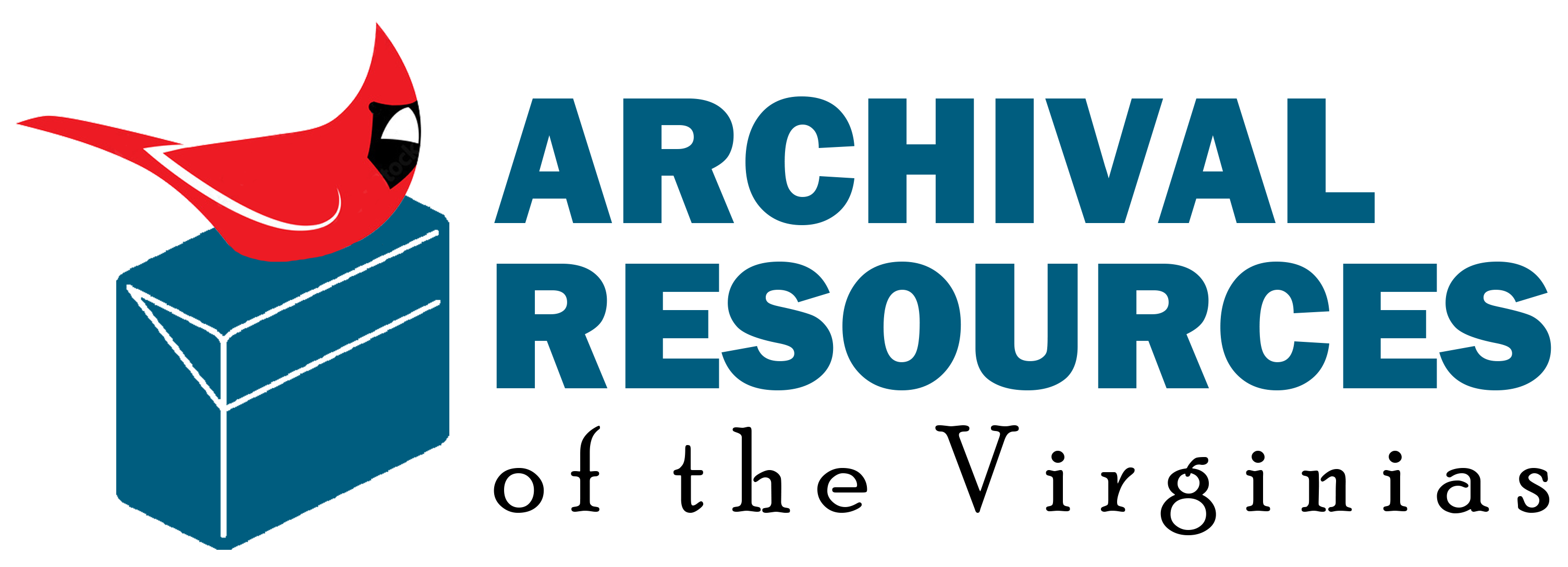- Repository:
- West Virginia and Regional History Center
- Published:
- unknown
ARVAS is an aggregator of archival resources. ARVAS does not have control of the descriptive language used in our members’ finding aids. Finding aids may contain historical terms and phrases, reflecting the shared attitudes and values of the community from which they were collected, but are offensive to modern readers. These include demeaning and dehumanizing references to race, ethnicity, and nationality; enslaved or free status; physical or mental ability; religion; sex; and sexual orientation and gender identity. Many institutions and organizations are in the process of reviewing and revising their descriptive language, with the intent to describe materials in more humanizing, inclusive, and harm-reductive ways. As members revise their descriptive language, their changes will eventually be reflected in their ARVAS finding aids
- Repository:
- West Virginia and Regional History Center
- Published:
- unknown
- Subjects:
- Academies (Private schools) | Account books | Churches -- Presbyterian | Civil War -- War diaries | Civil War - veterans - Grand Army of the Republic. | Civil War - West Virginia 12th Volunteer Infantry. | Diaries and journals. | Women's history -- 1800-1849 | Women's history -- 1850-1899 | Women's history -- 1900-1929 | Women's history -- 1929-1950
- Repository:
- West Virginia and Regional History Center
- Published:
- unknown
- Subjects:
- Antietam, Battle of, Md., 1862 | Bull Run, 2nd Battle of, Va., 1862 | Chattanooga, Battle of, Chattanooga, Tenn., 1863 | Chickamauga, Battle of, Ga., 1863 | Civil War -- War diaries | Civil War - Ohio 18th Volunteer Infantry, Company B. | Civil War - Ohio 18th Volunteer Infantry. | Civil War - Ohio 36th Volunteer Infantry, Company G. | Civil War - Ohio 36th Volunteer Infantry. | Civil War battles. | Missionary Ridge, Battle of, Tenn., 1863 | Railroads | Rivers and river valleys. | Veterans. SEE ALSO under Civil War - veterans. | Women's history -- 1850-1899
- Repository:
- West Virginia and Regional History Center
- Published:
- unknown
- Subjects:
- Account books | Civil War -- Confederate Army | Civil War -- Confederate letters | Civil War -- Confederate newspapers | Civil War -- Confederate sympathizers | Civil War -- War diaries | Civil War -- Kanawha Riflemen | Civil War -- letters | Civil War - Southern sympathizers in WV. | Civil War - Union soldiers' letters. | Civil War - Virginia 133rd Regiment. | Civil War - West Virginia 11th Infantry. | Diaries and journals. | Land. | Newspapers. | Poets and poetry. | Surveyors and surveying. | Women's history -- 1850-1899
